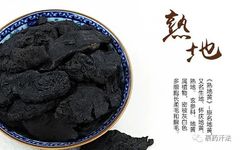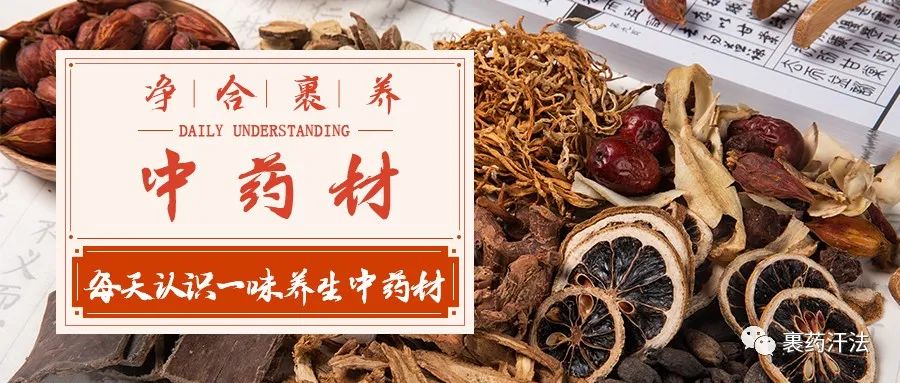
Rehmannia glutinosa is a well-known herb with a wide range of applications. However, our understanding of its usage is often limited, necessitating a detailed exploration to utilize it effectively.
What are the benefits and side effects of Rehmannia glutinosa? Let’s delve into this topic!
The medicinal value of Rehmannia glutinosa is exceptionally high, and it is considered a very accessible herb, making it easy to use. However, there are many precautions to consider when using Rehmannia glutinosa.
Rehmannia glutinosa
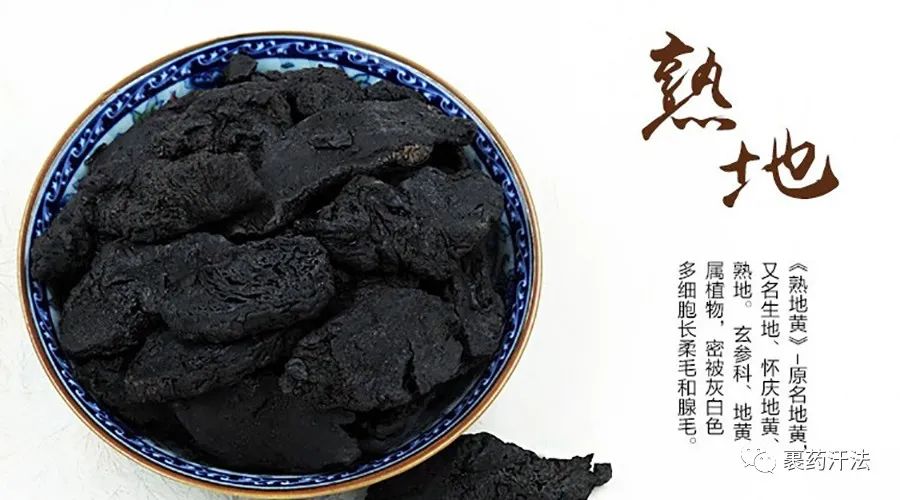
Rehmannia glutinosa: Original name: 地黄 (Dìhuáng), also known as 怀庆地黄 (Huáiqìng Dìhuáng), 熟地 (Shúdì). Latin name: Rehmannia glutinosa (Gaetn.) Libosch. ex Fisch. et Mey. It belongs to the Scrophulariaceae family and the Rehmannia genus, characterized by dense grayish-white multicellular hairs and glandular hairs.
The root is fleshy and yellow when fresh, and under cultivation conditions, it can reach a diameter of 5.5 cm, with a purplish-red stem. The leaves are usually clustered at the base of the stem in a rosette, becoming significantly reduced into bracts as they ascend the stem.
The leaf blades are oval to elongated, green on the upper side, and slightly purplish or purplish-red on the underside, becoming one-chambered due to the tearing of the septa as they age, and are hairless.
The flower column expands at the top into two lobed stigmas. The capsule is oval to elongated. It is cultivated in various regions domestically and abroad. The root is used medicinally.
Rehmannia glutinosa has significant medicinal value
It is cultivated in various regions domestically and abroad. The root is used medicinally.
Processed products have a black, shiny surface, are soft and flexible, sweet in taste, and slightly warm in nature, with effects of nourishing yin, replenishing blood, and benefiting essence and marrow. It is primarily used for liver and kidney yin deficiency, soreness and weakness of the lower back and knees, bone steaming tidal fever, night sweats, nocturnal emissions, internal heat and thirst, blood deficiency and sallow complexion, palpitations, irregular menstruation, dizziness, tinnitus, and premature graying of hair.
Fresh Rehmannia glutinosa is steamed until black and moist, resulting in 熟地 (Shúdì), which appears in irregular block shapes, varying in size, with a pitch-black, shiny exterior, and a wrinkled, uneven surface.The cross-section is moist, with a shiny, oily center, highly viscous, soft in texture, slightly fragrant, and sweet in taste. The best quality is obtained after nine steams and nine sun-dryings, characterized by a plump, soft, and shiny black appearance.
Rehmannia glutinosa functions to
nourish blood, nourish yin, and benefit essence and marrow.
It is indicated for liver and kidney yin deficiency, soreness and weakness of the lower back and knees, bone steaming tidal fever, night sweats, nocturnal emissions, internal heat and thirst, blood deficiency and sallow complexion, palpitations, irregular menstruation, excessive menstrual bleeding, dizziness, tinnitus, and premature graying of hair. Additional information on Rehmannia glutinosa: it is generally sold as a whole product without grading.The best quality is characterized by large size, weight, soft and oily texture, black cross-section, and sweet taste.
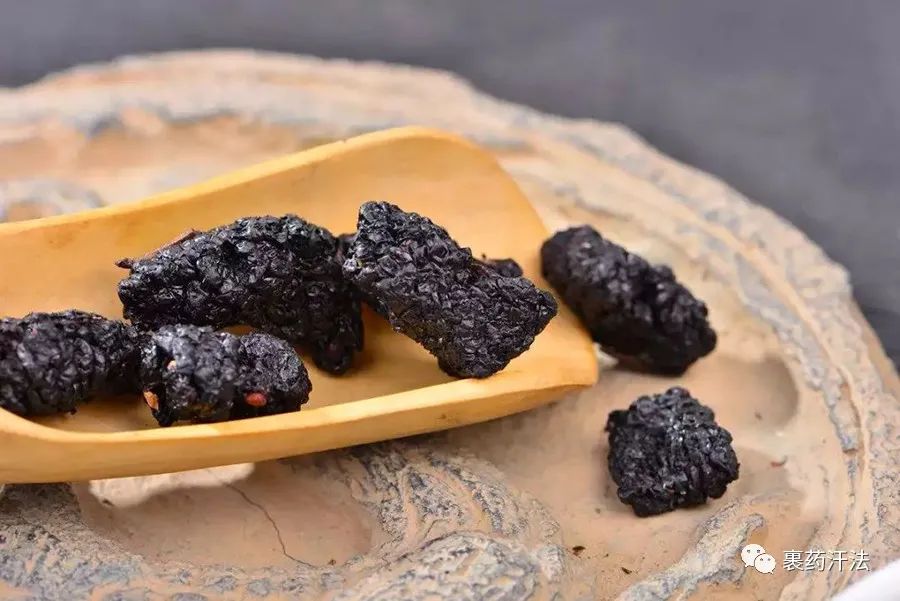
Especially the Huaiqing Rehmannia from Henan is considered the best, being one of the four major Huai medicines.
Rehmannia glutinosa can be categorized based on different processing methods into steamed Rehmannia, wine-prepared Rehmannia, ginger wine-prepared Rehmannia, sand ginger-prepared Rehmannia, and charred Rehmannia. After processing, it should be stored in a dry container, with熟地 (Shúdì) sealed and kept in a cool, dry place to prevent mold and insect damage.
Suitable population: This product is sticky in nature, which can hinder digestion. It is contraindicated for those with spleen and stomach deficiency, qi stagnation with phlegm, abdominal distension, and those with poor appetite and loose stools.
Dietary therapy properties: sweet, slightly warm.
It enters the liver and kidney meridians.It nourishes the blood, is soft and moistening. Rehmannia glutinosa has effects such as cardiotonic, diuretic, lowering blood sugar, increasing peripheral white blood cells, and enhancing immune function.
Usage guidance: For those with blood deficiency and heart-spleen deficiency, presenting with sallow complexion, dizziness, palpitations, and insomnia, it is advisable to combine it with Angelica sinensis (当归, Dāngguī).
For those with liver and kidney yin deficiency, experiencing dizziness, tinnitus, soreness and weakness of the lower back and knees, night sweats, and nocturnal emissions, it can be combined with Cornus officinalis (山茱萸, Shānzhūyú), Dioscorea opposita (山药, Shānyào), and Paeonia lactiflora (牡丹皮, Mǔdān Pí). If there are additional symptoms of yin deficiency with excess heat, bone steaming tidal fever, night sweats, and nocturnal emissions, it can be combined with Anemarrhena asphodeloides (知母, Zhīmǔ) and Phellodendron amurense (黄柏, Huángbǎi) for treatment.
Rehmannia glutinosa has numerous functions, and if we experience the symptoms mentioned above, we can consider using Rehmannia glutinosa to treat them. There are many methods of combining the herbs as described above. At that time, we also need to pay attention to the specific usage and dosage.
Properties and meridian entry
Taste: sweet; nature: warm. Enters the liver and kidney meridians.
Indications
Nourishes blood and moistens; benefits essence and marrow; used for blood deficiency and sallow complexion; dizziness and palpitations; irregular menstruation; excessive menstrual bleeding; liver and kidney yin deficiency; tidal fever and night sweats; nocturnal emissions and impotence; infertility; irregular menstruation; excessive menstrual bleeding; soreness and weakness of the lower back and knees; tinnitus and deafness; blurred vision; premature graying of hair; thirst; constipation; kidney deficiency with shortness of breath.
Medicinal combinations of Rehmannia glutinosa:
(1) Used for blood deficiency and sallow complexion, dizziness, palpitations, insomnia, and irregular menstruation, excessive menstrual bleeding, etc.Rehmannia glutinosa can nourish blood and yin, benefiting the liver and kidney. It can be applied to dizziness caused by blood deficiency and yin deficiency.
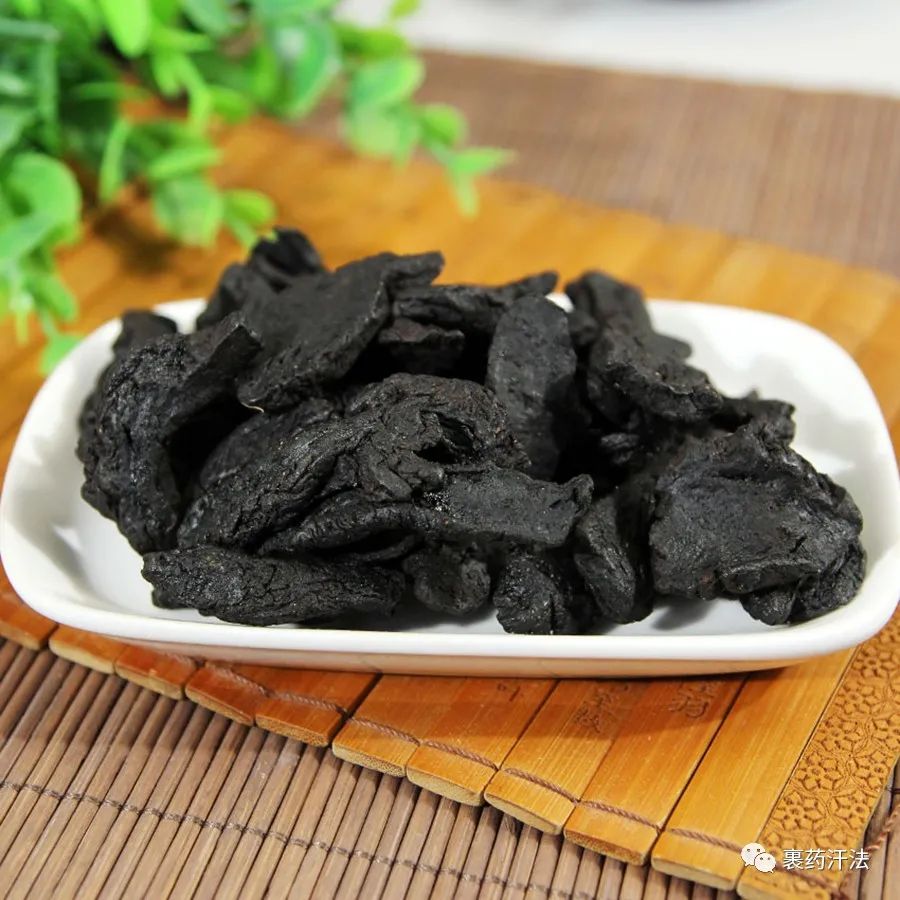
For blood nourishment, it is often used in combination with Angelica sinensis (当归, Dāngguī), White Peony (白芍, Bái Sháo), etc.; for nourishing liver and kidney, it is often combined with Cornus officinalis (山茱萸, Shānzhūyú). Additionally, when combined with Codonopsis pilosula (党参, Dǎngshēn), Ziziphus jujuba (酸枣仁, Suānzǎo Rén), and Poria cocos (茯苓, Fúlíng), it can be used for palpitations and insomnia; when combined with Angelica sinensis (当归, Dāngguī), White Peony (白芍, Bái Sháo), and Chuanxiong (川芍, Chuān Sháo), it can be used for irregular menstruation; when combined with Ejiao (阿胶, Ājiāo), Angelica sinensis (当归, Dāngguī), and White Peony (白芍, Bái Sháo), it can be used for excessive menstrual bleeding.
(2) Used for kidney yin deficiency, bone steaming tidal fever, night sweats, nocturnal emissions, and thirst.This product nourishes the kidney and benefits yin, suitable for various conditions caused by kidney yin deficiency, often combined with Cornus officinalis (山茱萸, Shānzhūyú) and Paeonia lactiflora (牡丹皮, Mǔdān Pí); if it is a case of yin deficiency with excess heat, bone steaming tidal fever, etc., it can be combined with Testudines plastron (龟板, Guī Bǎn), Anemarrhena asphodeloides (知母, Zhīmǔ), and Phellodendron amurense (黄柏, Huángbǎi). It is essential to stir-fry with ginger juice if necessary.
(3) According to the “Compendium of Materia Medica”: Rehmannia glutinosa is neutral in nature, with pure and calm properties, thus able to nourish the true yin of the five organs, particularly important for the blood-rich organs, as it is essential for life.Qi governs yang and movement, while blood governs yin and stillness; to tonify qi, ginseng is the primary herb, while astragalus and atractylodes can serve as assistants; to tonify blood, Rehmannia glutinosa is the main herb, while Chuanxiong can assist.
Benefits and side effects of Rehmannia glutinosa
Rehmannia glutinosa has many benefits, but it is not without side effects. We need to use it rationally. Although Rehmannia glutinosa is beneficial, we must not use it blindly, as incorrect usage can lead to significant side effects.
Benefits of Rehmannia glutinosa:
Rehmannia glutinosa first appeared in the “Shennong’s Classic of Materia Medica” and is clinically used in fresh, raw, and cooked forms. All have the function of nourishing yin and generating fluids, treating symptoms of yin deficiency and fluid loss.
Fresh Rehmannia glutinosa is sweet and bitter, very cold, and while its ability to nourish yin is weaker, it excels at clearing heat, cooling blood, and relieving fire and restlessness, often used for blood heat and excess yin deficiency; raw (dried) Rehmannia glutinosa is sweet and cold, with a slightly weaker ability to cool blood but excels at nourishing the yin of the heart and kidney, thus suitable for blood heat and yin deficiency; cooked Rehmannia glutinosa is sweet and warm, entering the liver and kidney, specifically nourishing blood and yin, replenishing essence and marrow, suitable for those with true yin deficiency and essence marrow deficiency.
Functions of Rehmannia glutinosa
This product is sticky in nature, more so than raw Rehmannia glutinosa, which can hinder digestion. It is contraindicated for those with qi stagnation, excessive phlegm, abdominal distension, and poor appetite with loose stools. Long-term heavy use should be combined with dried tangerine peel (陈皮, Chénpí) or fried apricot kernels (炒仁, Chǎo Rén) to prevent sticky obstruction of the stomach.
Contraindications of Rehmannia glutinosa
The polysaccharides in Rehmannia glutinosa play a role in maintaining body stability and have significant anti-tumor effects, inducing the proliferation of immune cells and enhancing their ability to kill tumor cells.
Rehmannia glutinosa also regulates hormone metabolism, lowers blood sugar, has anti-aging and sedative effects, and acts as a diuretic. Although Rehmannia glutinosa is rich in nutrients, its sticky nature can hinder digestion, making it contraindicated for those with spleen and stomach deficiency, qi stagnation with excessive phlegm, abdominal distension, and poor appetite with loose stools. Additionally, during consumption, it is advised to avoid eating radishes, scallions, leeks, and garlic.
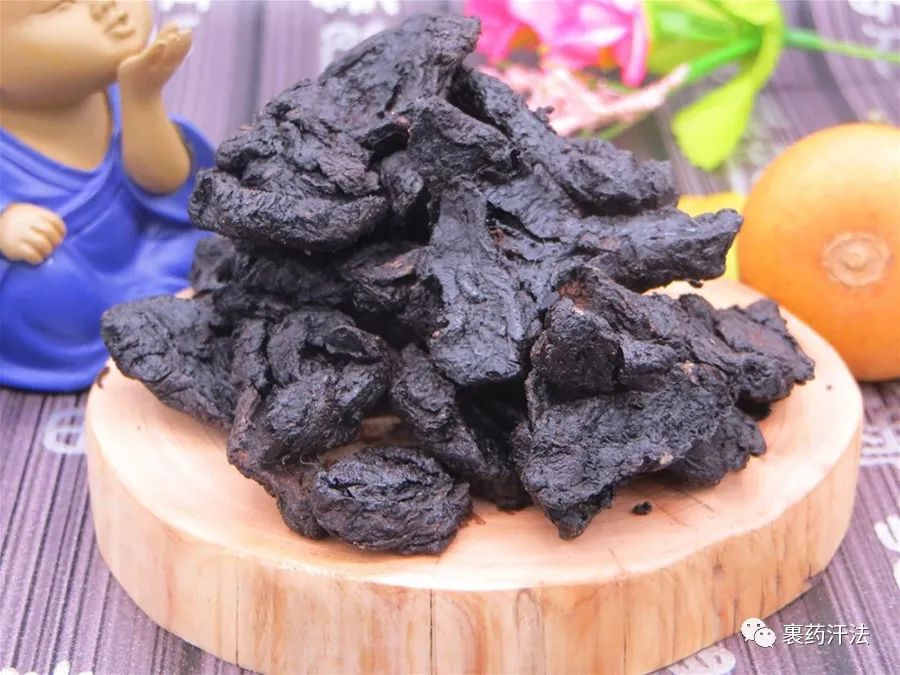
From the above introduction, we should have a better understanding of the benefits and side effects of Rehmannia glutinosa. Only by correctly understanding its benefits can we use Rehmannia glutinosa more effectively. Furthermore, we need to recognize its side effects accurately. This way, we can better utilize Rehmannia glutinosa for treatment.

Source: Internet. If there is any infringement, it will be deleted immediately!

